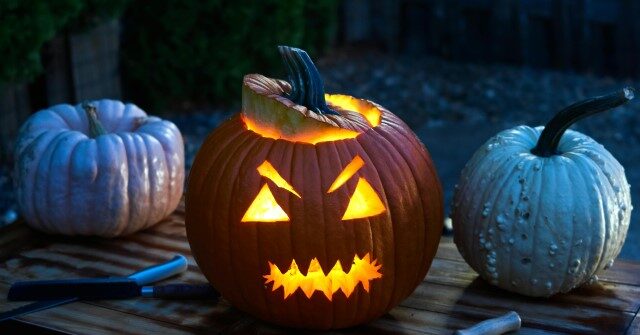As Halloween approaches, Americans are facing a significant increase in candy prices, particularly chocolate, which has risen over 40 percent since 2020. Retailers are noticing a shift in consumer preferences, as many are now opting for non-chocolate candies due to the soaring costs of traditional Halloween favorites. Despite these rising prices, Halloween spending is expected to reach an impressive $3.5 billion this year, demonstrating that consumers are still eager to indulge in seasonal treats. Major retailers, including Target, are selling some bags of Halloween candy for nearly $20, showcasing the premium costs associated with popular chocolate products.
The steep rise in cocoa prices can largely be attributed to a shortage of cocoa beans, with approximately 70 percent of the world’s supply coming from West Africa. Unfortunately, adverse weather conditions have made it increasingly difficult to grow these essential beans, further tightening the supply. According to reports, the inflation rate for Halloween candy and gum in October 2022 was 13.1 percent higher than the previous year, which represents the largest increase on record. This trend indicates that consumers are grappling with the financial implications of their seasonal celebrations.
Several factors contribute to the overall surge in candy prices, including escalating production costs and rising prices for key ingredients. Specifically, sugar has seen an increase of 14.4 percent, milk prices have jumped by 15.2 percent, and flour-based products have surged by 24.2 percent. The ongoing drought affecting sugar beet crops has played a crucial role in driving up prices because sugar beets depend heavily on fertilizers. Supply chain disruptions exacerbated by the Ukraine War and high inflation have led U.S. farmers to reduce the area planted with sugar beets to manage their expenses more effectively.
Looking ahead to 2023, overall Halloween spending is projected to reach a staggering $12.2 billion, up 15 percent from the previous year. While part of this increase can be attributed to inflation, it is important to note that the broader consumer price index rose by only 3.7 percent in September compared to the previous year. In contrast, candy prices have spiked by a much sharper 7.5 percent, indicating that the sweet treat market is facing unique challenges and driving a larger share of spending increases.
As families prepare for Halloween festivities, there is a noticeable shift in choices toward non-chocolate candies, reflecting the evolving dynamics of the candy market. With chocolate becoming a luxury item for many, retailers are adapting by offering more alternatives to appeal to cost-conscious consumers. Despite the challenges posed by rising prices, the demand for Halloween candy remains robust, underscoring the holiday’s significance in American culture and consumer spending habits.
The landscape of Halloween treats is set to change as both chocolate and non-chocolate candies rise in price, altering traditions and consumer choices. While the spirit of the holiday endures, the economic realities of increased ingredient and production costs bring a new dimension to how Americans celebrate. As families stockpile their favorite treats, the combination of inflation and shifting consumer preferences will likely shape Halloween celebrations for years to come, encouraging new patterns of consumption and potentially paving the way for alternative traditions around the holiday.

